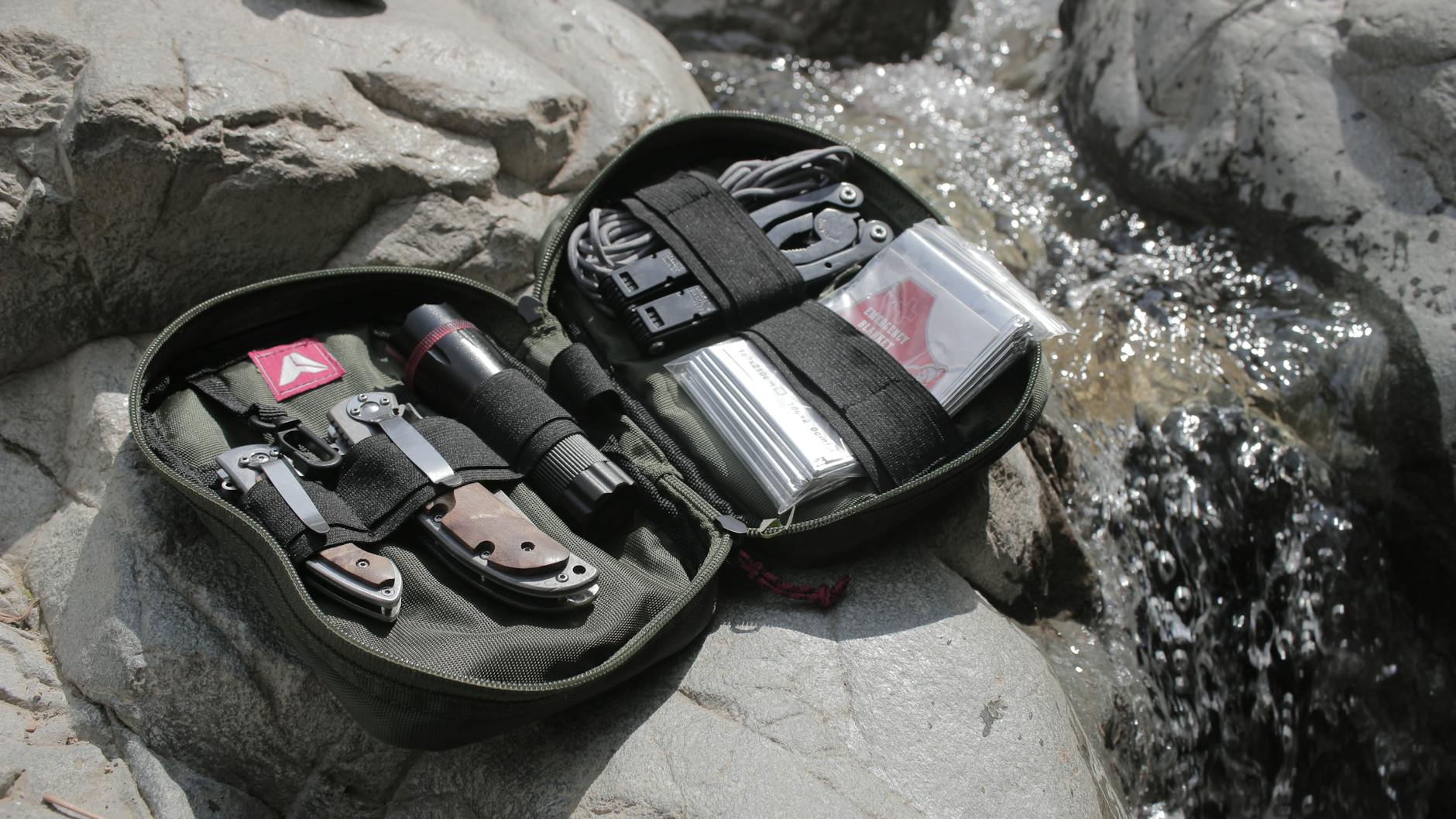Huge sandstone towers rise up above the forests of Gran Sabana, Venezuela. The locals, names Pemon call them tepui, which translates to “house of the gods”. Tepuis are more commonly known as a “mesa” or a “table mountain”, the latter stemming from its flat-top. These mountains can reach up to 2,300 meters above sea level and are estimated to be approximately 1.7 billion years old. The climates at the flat summits differ from that of the forests below them. The temperature is lower, the air more humid. This allows local floral and fauna to thrive in different ways than that of the forests.

Mysteries of Tepui
For a long time, it was not exactly known what these tepuis actually were, or why they appeared as they do. The most scientifically accepted explanation is that a 1.7-billion-year-old granite basement rock was covered by a sandstone plateau and was lifted up by tectonic activity, after which they were broken apart into separate mountains by erosion. There are, of course, other theories as to the origin of these peculiar mountains, ranging from aliens to extremely old civilizations.
Most of the tepuis have never been climbed before, as they are notoriously difficult to access. Because of this, they are seen as mysterious places and many stories are inspired by them. Perhaps the most famous example is “The Lost World” by Arthur Conan Doyle, where dinosaurs dominate the tepuis.
Ecological islands
The plateaus of the tepuis are entirely isolated from the forests below, effectively making them ecological islands. This has resulted in them also being known as “the Galápagos Islands of the Mainland”. The tepuis are home to many plant and animal species that are not found anywhere else in this world. Much of life here has evolved in isolation over millions of years. Few plant species can thrive in the ground of the tepuis, as it is poor in nutrients. Carnivorous plants can thrive here, as they take their nutrients from their prey and have little competition. Also, a wide variety of orchids and bromeliads can be found on the plateaus.
Even the isolated tepuis know their own isolated regions. Some of the mountains have massive sinkholes. Just as the isolated mountains gave rise to new species of life, so too have these sinkholes done the same. Animals and plants have adapted to life in the hole, creating unique, isolated species within the already isolated ecosystem of the tepuis.
The tepuis are incredibly rich in biodiversity and much can be learned from them. While there may not be dinosaurs roaming at the tops of the flat mountains or at the bottom of giant sinkholes, there are still hints of a “Lost World” to be found in this mysterious house of the gods.







Leave a Reply